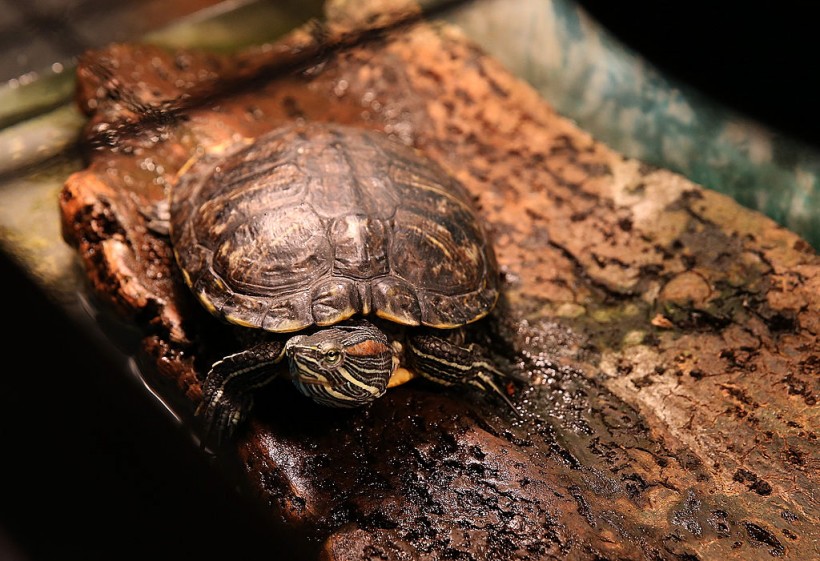
The box turtle nesting season makes officials worried about human interference.
In Tennessee, during the box turtle species' breeding season, officials are concerned that human interference with animals is growing.
Memorial Day marks the unofficial beginning of summer, but it's also nesting time for a creature that's frequently kept in vivariums in bedrooms.
Avoiding Human Interference on Wildlife
If you come across a wild box turtle, conservationists advise leaving it alone and not keeping it as a pet.
The director of animal care at Walden's Puddle Wildlife Center is Joanna Prosser. Even transporting a box turtle from one place to another, according to her, can have fatal effects on the local box turtle population.
According to Prosser, their populations are dwindling across the United States because of factors like habitat loss, fragmentation, movement, and the transmission of illnesses to formerly healthy populations.
Prosser also says that box turtles serve a significant role in the ecology, and the current generation must support their growth to ensure their survival for future generations, Action News 5 reports.
Box Turtles in Tennessee
The entire state is home to this well-known terrestrial turtle. The Three-toed Box Turtle (T. c. triunguis) and Eastern Box Turtle (T. c. carolina) are both recognized subspecies in Tennessee. While the Eastern Box Turtle is present throughout the rest of Tennessee, the Three-toed Box Turtle is only found in the far southwest corner of the state.
Typical Eastern Box Turtle specimens have yellowish to orange patches or blotches layered over dark brown patterns or black backgrounds on its shell and skin. This little, high-domed turtle has a length of 4.5 to 6.0 inches.
Each hind leg of a three-toed box turtle typically has three toes, although occasionally there are four. Their plate borders are darker and their carapace is a duller olive or tan. Light yellow describes plasmon. They have orange or red spots on their heads and forelimbs, and males' heads are crimson.
In the spring and the fall, adults mate. Females can have up to three clutches each year, and they can lay 3-8 elongated, white eggs in a nest that they dig in sandy or loose soil. Incubation lasts for three months, however, late clutches don't hatch until the following spring. Box turtles are fully formed when they are born, yet they cannot completely seal their shells, says the Tennesee Wildlife Resources Agency.
Also Read: Tennessee Aquarium Turtle Nursery Welcomes Two Critically Endangered Four-Eyed Turtle Hatchlings
Humans and Wildlife
There are hardly many areas remaining on the globe where humanity has not had an influence.
The majority of ecosystems are threatened, and human activity threatens animals in a variety of ways, including physically destroying habitats and by spreading diseases and invasive species. Each new hazard adds to the already high levels of stress on ecosystems and the species that depend on them, as per the National Wildlife Federation.
According to a 2011 study by Fraser and MacRae, four types of human activities have negative impacts on wildlife. These are keeping animals as pets, causing deliberate harm to animals, causing direct but unintended harm to animals, and harming wildlife indirectly by disturbing ecological systems and natural processes.
The study was published in the WellBeing International Studies Repository.
Related Article: Snapping Turtle Chonkosaurus Spotted Basking in Formerly Toxic Chicago River
© 2024 NatureWorldNews.com All rights reserved. Do not reproduce without permission.




![Climate Change is Reducing Dust Levels Worldwide as Arctic Temperature Warms [Study]](https://1471793142.rsc.cdn77.org/data/thumbs/full/70320/280/157/50/40/climate-change-is-reducing-dust-levels-worldwide-as-arctic-temperature-warms-study.jpg)
